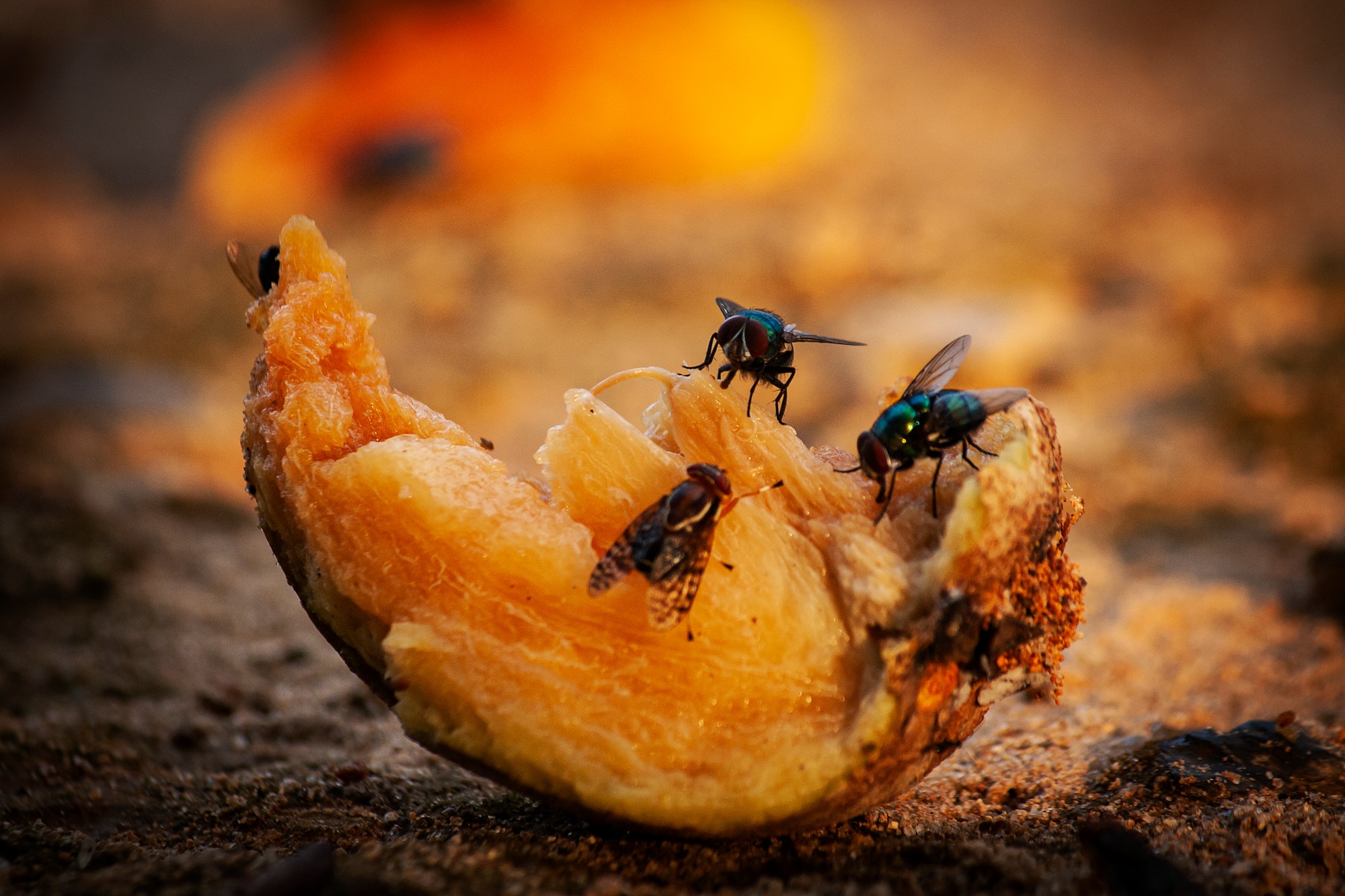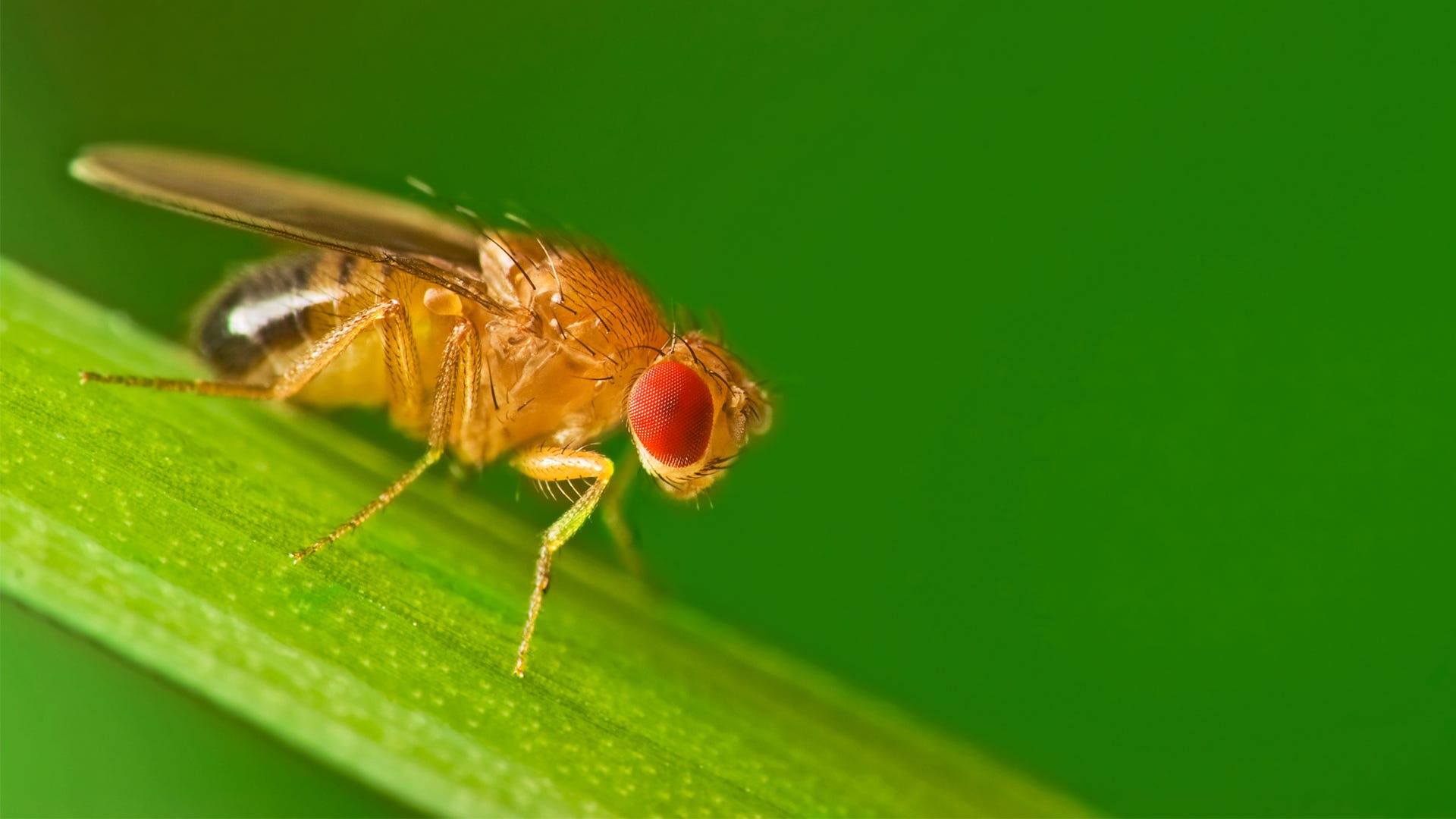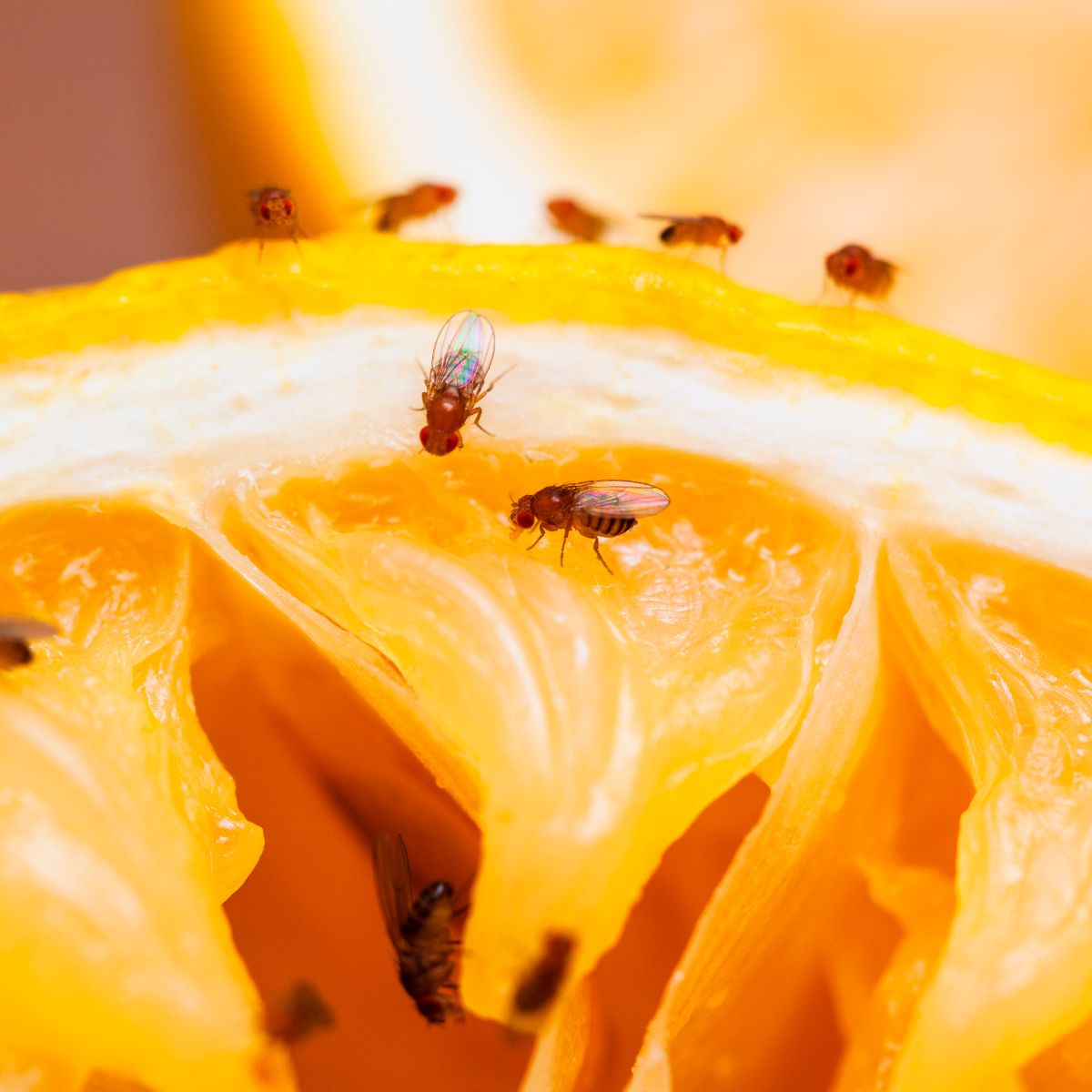How To Remove Fruit Flies From Your Kitchen?
Female fruit flies are far from barren mothers, in fact they lay about 500 eggs at one time and they hatch within the next day. After birth, they live about 50 days – that is a long time for them to be flying around a kitchen. Like all parts of nature, as annoying as they can be they have very interesting characteristics! The ability to rid a kitchen of these insects might depend on knowing these characteristics. Knowing the males use their wings to play a song for the females when they want to mate is a less important fact, but it reminds us nature is beautiful in all forms.
First, let’s assume you do not want them in your house in the first place. Avoid buying over-ripe fruit. Grocery stores take less precautions against fruit flies than the average household. Your fruit will continue to ripen once you have brought it home, but will be less susceptible to fruit flies inside your house. Double check for bruises and soft spots on your produce. When you do buy that unripened fruit make sure to wash it as soon as you get home – do not wait until you are about to eat it.

Oftentimes fruit fly larvae can be developing on your fruit and veggies when you buy it without you even noticing. Immediately after washing, store your produce in a fridge, freezer, or dry dark pantry. If you love your decorative fruit bowl in the middle of your kitchen, maybe save it for special occasions. Temperature significantly impacts a fruit fly’s life.
If you live in a mild climate you will have to react faster if you see the first fruit fly. In cooler temperatures, below 65°F, they take longer to develop. Living in higher temperatures, above 83°F, they suffer heat stress and take longer as well. Make sure to check temperatures when you see that first one so you have an idea of how long you have before more arrive.

It is important to locate and dispose of the fruit fly attractant immediately – find the bruised or ripened fruit, or possibly the crumbs and juices left on a counter. Wash your counters and take out your trash. If you compost, only use small sealed containers that you take out regularly. Fresh compost is great for a healthy garden, don’t be afraid to empty the container after every meal.
Now, you just have to catch the fruit fly. There are a lot of different methods based on what you have around the house. If you identified a piece of ripened produce, cut a large part of it off and put it in a jar covered by plastic wrap poked with tiny holes. My favorite method is apple cider vinegar and dish soap. Apple cider vinegar is a go-to for all my needs. A tablespoon of apple cider vinegar can reduce the length of the common cold by 50%, increase metabolism, and even hormones to improve skin.
It also works for cleaning stains out of showers, washing dishes, and catching fruit flies. Add apple cider vinegar to a jar then combine with a couple drops of dish soap, cover with plastic wrap and poke a couple holes in the wrap. The dish soap should create enough surface tension to hold the flies after they have been lured in by the sweet smell of the apple cider, the plastic is just an extra barrier to make sure they do not escape. Place this in the middle of your kitchen and wait. Your fruit fly problem should be solved quickly.
The well known Common Fruit Fly is called Drosophila Melanogaster by scientists. It is best to avoid letting one of them come home with you, but if it happens you know how to get rid of it.
Author: Evarosa Perry
Western Washington University
References
- “Drosophila Melanogaster.” Wikipedia, Wikimedia Foundation, 7 Sept. 2020, en.wikipedia.org/wiki/Drosophila_melanogaster
- How to Help Remove Fruit Flies from Your Home: Terminix.” Terminix.com, www.terminix.com/blog/home-garden/how-to-help-remove-fruit-flies-from-home
- Piro, Lauren. “We Finally Found the Best Way to Get Rid of Fruit Flies.” Good Housekeeping, Good Housekeeping, 28 Aug. 2020, www.goodhousekeeping.com/home/cleaning/tips/a25042/how-to-kill-fruit-flies








